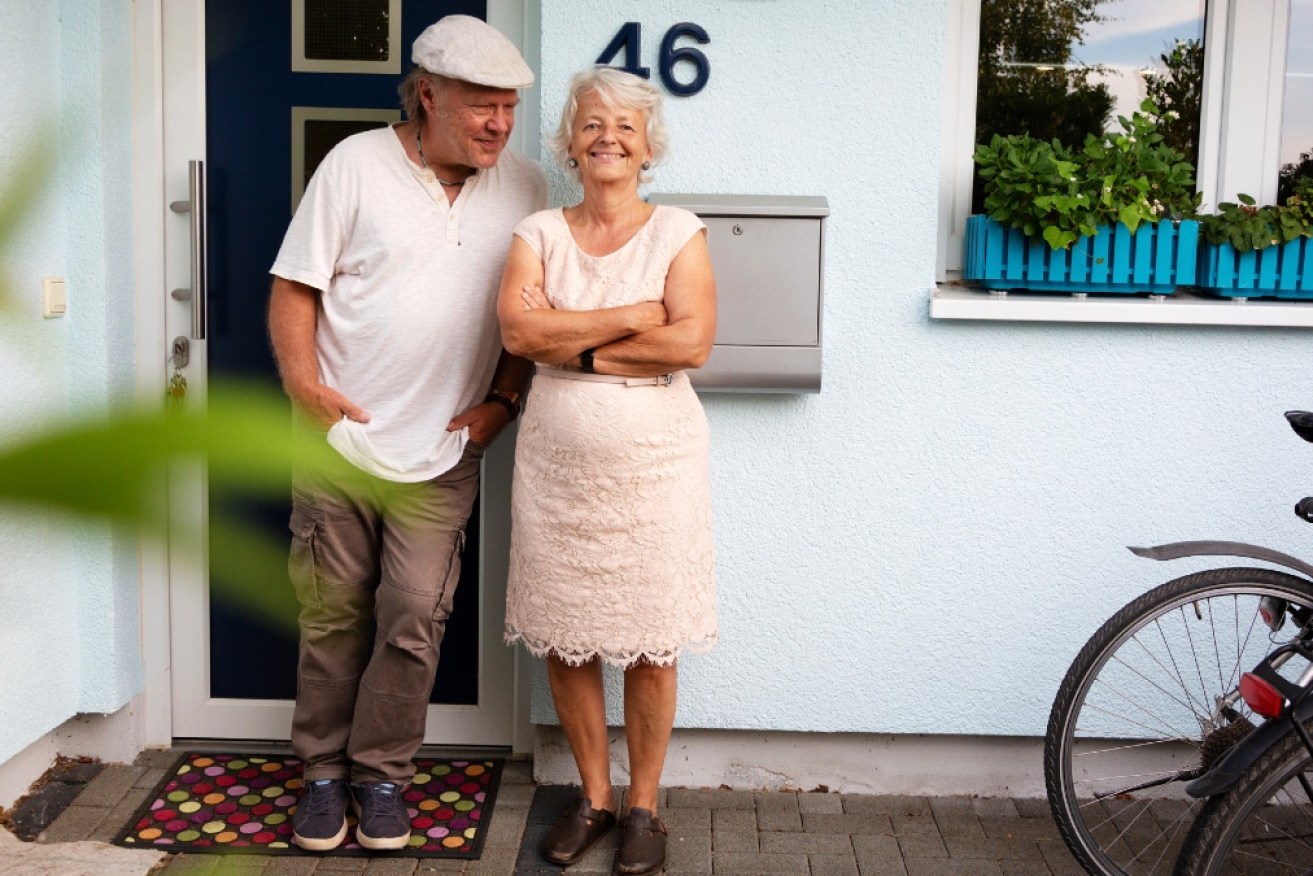Downsizer super payment rights can now be used by those aged 55 and above


Downsizing into super can be attractive from age 55. Photo: Getty
As of January 1, the right to make “downsizer” contributions to super has been extended to those aged 55 and above – so if you are in that age group it is an option you should consider.
It’s not necessarily the right move for everyone, but it could be the way for you to boost your superannuation balance before retirement.
What is a downsizer payment?
The idea behind the downsizer payment is simple and generous. People selling their family home can contribute up to $300,000 of the sale proceeds to their superannuation fund.
For a couple that is doubled to $600,000.
The attractiveness is enhanced by the fact that it doesn’t affect your yearly contribution caps.
They are $27,500 for a concessional contribution – one that is made by your employer or in your personal capacity – and are taxed at a maximum of 15 per cent.
Downsizer payments don’t reduce your right to make non-concessional contributions of up to $110,000 a year or $330,000 up front for three years either.
Even if your fund has exceeded the $1.7 million transfer balance cap that bars further super contributions, you can still direct downsizer payments to your super fund.
However, it will increase the balance – meaning any money held above $1.7 million will have to be put in accumulation mode where its income is taxed at 15 per cent.
There is no upper age limit on downsizer contributions. So even if you are older than 75, the upper limit at which you can contribute to super, you can still make a downsizer contribution.
Some downsizer restrictions
To make use of the measure you have to have owned the property you sell for 10 years.
It must be your principal place of residence, not your holiday home, business premises or your investment property.
However, if you have declared it as your principal residence for capital gains tax purposes you don’t have to have lived in it for 10 years and you don’t have to be living there when you sell.
The property can be in the name of both or either party in a couple but both members of the couple must be at least 55 to each make a downsizer contribution.
Both members of a couple can make a full contribution even if only one name is on the title.
Remember, if you choose to make a downsizer contribution you have to do it within 90 days of settlement of the sale of your home.
So if you are 55 and your partner is 54 you can’t sell now and wait a year till they turn 55 and make their contribution.
Smart use of the measure

A move to a regional area where properties are cheaper can maximise your downsizer contribution. Photo: Getty
Wayne Leggett, adviser with Paramount Financial Solutions, says “you can make a downsizer contribution and continue to work”.
“So if you own the property outright you could, for example, sell your property, contribute the full $300,000 or $600,000 as a downsizer payment and buy a property for the same price by taking out a mortgage,” he said.
However, the idea of taking on more debt as you move towards retirement may not be attractive to some people. It may have been a good idea when mortgage rates were about 2 per cent and super was returning 7 per cent.
Now, with mortgages at 5.7 per cent and super returns flat or negative, the equation doesn’t look so good.
If you are looking to move to the country where property is cheaper, then the downsizer measure could be particularly attractive.
Things to be careful of
Remember that if you make a big super contribution at age 55 you are locking it up in a way that makes it hard or expensive to get at if you need it.
Super withdrawal becomes tax free only if you reach 60 and retire or reach 65 while you are still working.
Depending on how much money you have, making a downsizer contribution could reduce the amount of money you get on the age pension. That’s because it may trigger asset test limits.
“If you move $600,000 into your super account, that could make a significant difference to the amount of money you are entitled to on the pension,” Mr Leggett said.
A change in pension entitlements may be balanced by the advantages of having more in super.
“I’ve never seen anyone who was worse off by having more cash in their super when they retire,” said Thabojan Rasiah, principal of Rasiah Private.
But remember, boosting your super could also mean you lose access to the c, which has significant benefits in terms of lower health care and medication costs. Those benefits are highly valued by people who have little retirement income.
“So you need to closely look at your situation if you are getting, or will become eligible for, the card before you decide on a downsizer contribution,” Mr Rasiah said.
What about the kids’ inheritance?
When you die your kids, or other heirs, can inherit your home tax free.
But if you die with a significant super balance, only dependent relatives will get your super tax free.
Most of your super will be taxed at up to 15 per cent, plus the Medicare levy in the hands of non-dependent heirs.
Of course, if you are in a position to do so you can take money out of super as you age and hold it in the bank or other investments which will not be taxed on your death.
The New Daily is owned by Industry Super Holdings







